Breadcrumb
Syrian rebels near Homs, former 'capital' of the revolution
Syrian rebels are on the outskirts of Homs after taking the city of Hama on Thursday as part of lightning offensive against the regime that was launched on 27 November.
Homs has previously been described as the "Capital of the Revolution" due to widespread protests against the regime which it saw when the Syrian uprising against President Bashar al-Assad broke out in March 2011.
With the rebels making a quick advance, and the regime continuing to lose territory across the country , The New Arab looks at the significance of the city for both the opposition, and its history of anti-regime activity.
Homs' history
Homs is Syria's third largest city and is the capital of its largest province, which extends deep into the Syrian desert.
The city is industrious and multi-confessional, with Sunni, Alawi and Christian neighborhoods, and is close to some of Syria's oldest historical sites including the medieval Krak des Chevaliers castle, built by Crusaders.
During the French mandate period, Homs was the site of an insurrection which also saw Damascus and Syria's southern Druze population rise up against the French colonial authorities.
The city is also home to a military academy which for years produced the leaders of the country's armed forces, including former Syrian dictator Hafez al-Assad.
It is also the hometown of the family of Bashar al-Assad's wife, Asma.
"Capital of the Revolution"
When the Syrian revolution broke out in March 2011 the city of Homs, like Hama to the north, saw some of the country's largest protests.
Many of the protests coalesced around Homs' main clock tower, with former youth football player for Syria's national team turned anti-regime figure Abdel Basset al-Sarout leading many songs and chants.
Sarout was joined by popular Syrian actress Fadwa Suleiman, who joined in the chants and gave speeches to crowds.
The protests in Homs, much like in the rest of the country, triggered a brutal crackdown by the Syrian regime's military and security forces.
The Siege of Homs
By the end of 2011, rebel groups composed of Syrian army defectors and protesters began battling the army in some of Homs' neighbourhoods, including Baba Amr.
The siege of the city was covered by many Western journalists who smuggled themselves into its besieged neighbourhoods.
In February 2012, while covering the siege, journalists Marie Colvin and Remi Ochlik were killed by regime artillery which targeted their safe house.
Following the siege, the Syrian regime army took back Homs's neighbourhoods in 2014, except for al-Waer on the outskirts which fell in 2017.
Cutting off the coast and the road to Damascus
Sitting on the M5 Aleppo-Damascus highway 45 kilometres south of Hama, Homs is a city of strategic importance for the regime, lying at an intersection between Damascus and the costal provinces of Tartus and Latakia.
The Alawi-majority coastal provinces are a major regime stronghold, hosting as Russian naval and airbases. The capture of Homs would see the capital Damascus cut off from the regimes support base.
It is also the last major city that sits on the M5 and would open the door to a southward advance on Damascus.
With Hama's fall spurring on uprisings in southern Syria's provinces of Daraa and Suwieda, the capture of Homs could see the Assad regime's stranglehold over the country weakened even further and cast serious doubt on its continued survival.
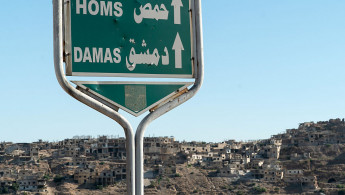
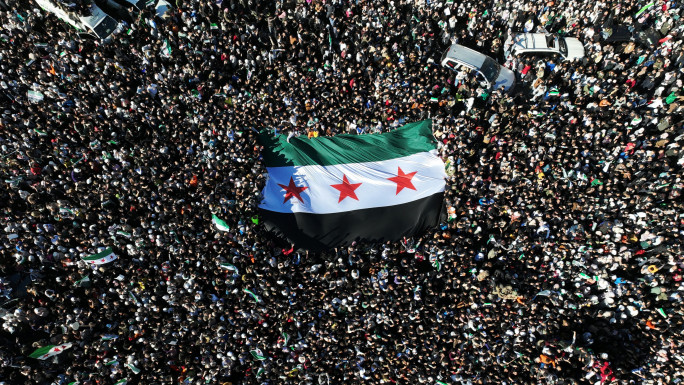
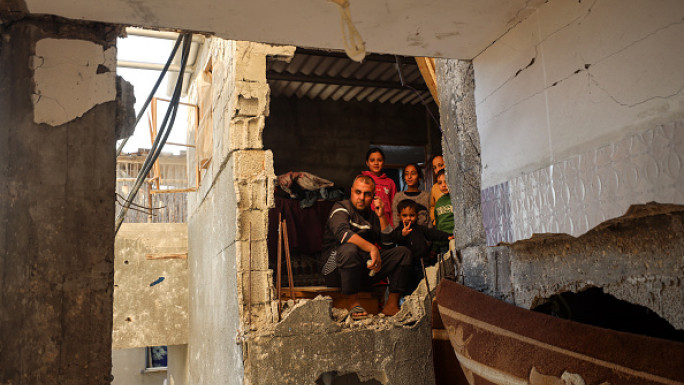
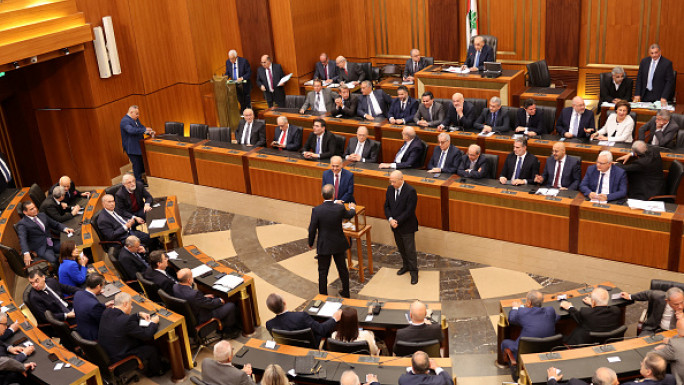
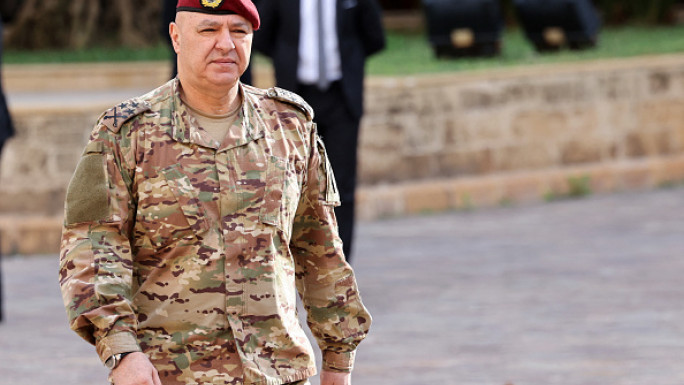
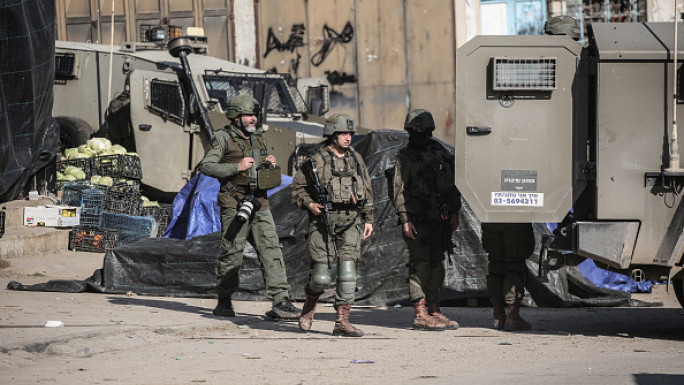
![Anthony Blinken speech [Getty] Anthony Blinken speech [Getty]](/sites/default/files/styles/image_684x385/public/media/images/6263436E-8ACD-4D3C-9055-25A7BE79DD5A.jpg?h=d1cb525d&itok=fLHmHCRG)
 Follow the Middle East's top stories in English at The New Arab on Google News
Follow the Middle East's top stories in English at The New Arab on Google News
![Many are vowing to boycott a film starring Amy Schumer, set to release next month [Getty]](/sites/default/files/styles/image_330x185/public/2152810030.jpeg?h=a5f2f23a&itok=wMRYjbOK)

